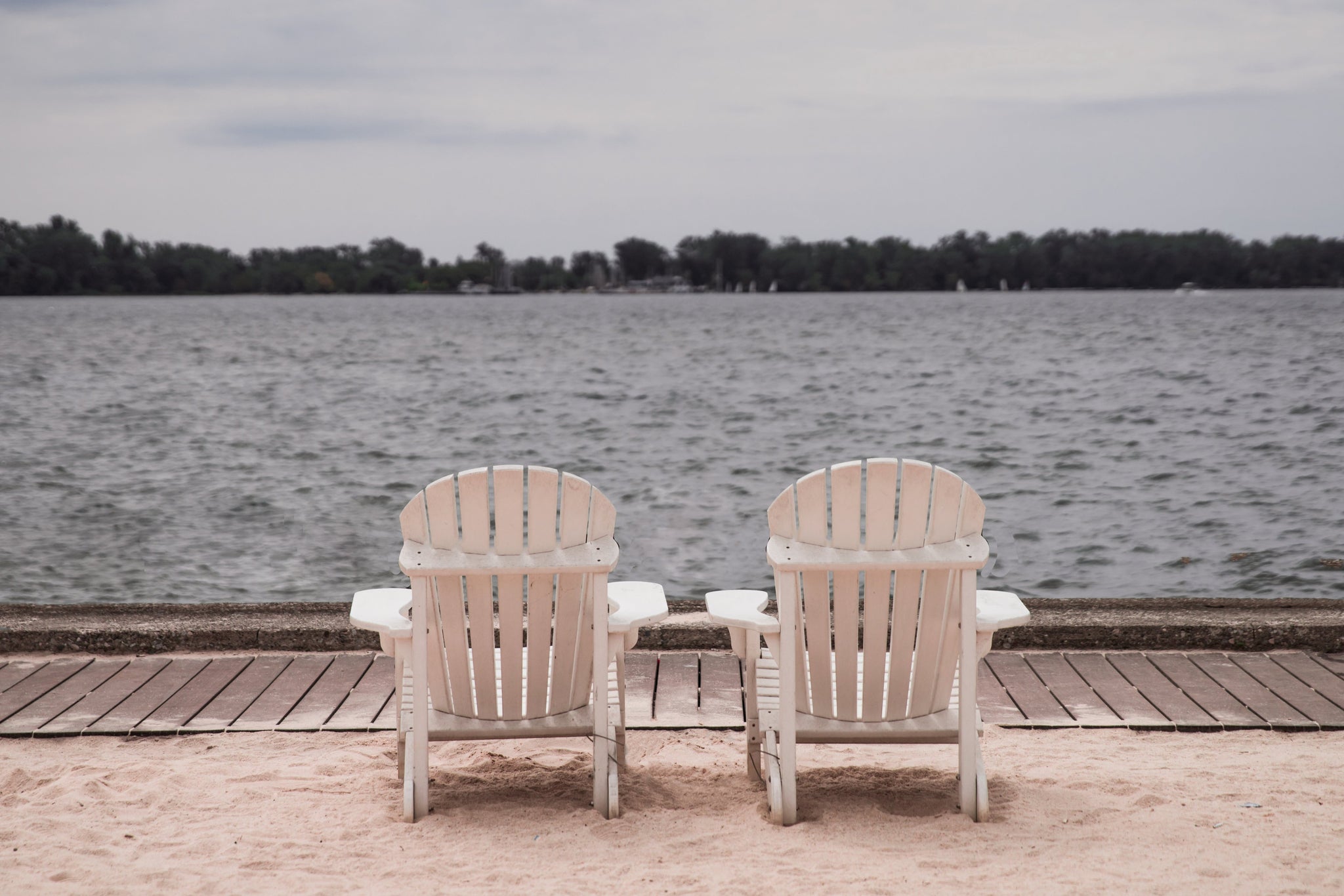Clear Lake Coffee Roasters Presents: Explorer Series - Echos of Mesoamerica, the Contemporary Ancestors of the Mayan Empire Period, The Unique People and Coffee of Huehuetenango - September 18, 2020

If you meet a new immigrant to the United States, there’s a chance that their native language might be French, or Korean. But there is a better chance that their native language is Mam. In 2016, Mam was the 9th most frequently spoken language among immigrants, occurring more often than French (11th) or Korean (17th).
The Mam language is spoken by the Mam people, whose history stretches back to the Classic Mayan Period (200-900 AD). As part of the Mayan Empire, the Mam lived throughout what is today northwestern Guatemala and southern Mexico. The Mam not only lived in this region during the Classic Mayan Period, but the Pre-Colombian Mayan Period, and the colonial period, and the post-colonial period, and every period since. Up to 75% of the population in the Guatemalan department of Huehuetenango are indigenous Maya peoples and the region is home to more Mam than any place in Guatemala.

Families attending a show during the annual fair of San Antonio Huista, a village in Huehuetenango.
Regardless of how U.S. immigration officials may choose to classify Mam immigrants from rural communities, the chances are pretty good that their Spanish is not a whole lot better than their English (but much much better than our Mam). Among rural Mam, Spanish is a second language, and often a distant second. Demand for Mam interpreters within U.S. immigration courts is high.
Not many of us, especially in the United States, can claim to live on land occupied by our ancestors for thousands of years. Although the Mam were at times forced into slavery by Aztecs (in part, because they were such good farmers, especially of cocoa, which Aztecs used as currency), they had their own kingdom, the capital city being Zaculeu, just outside of the present-day city of Huehuetenango where it is now a tourist destination. Although the Mam language is one of the most commonly spoken among Maya people in Huehuetenango, the region is as linguistically diverse as it is culturally unified.
Kape – Mam for “Coffee” (also “Q’amex”)
Ajual – Mam for “Farmer/Grower” (also “Ajkojol)
Chi k’ul – Mam for “Mountain”
Ma’b’et – Mam for “Road”
Chq’iq’ – Mam for “Wind”
Tala’ – Mam for “Stream”
For all the fascination with and focus on coffee and volcanic soils terroir, great coffee does not grow in volcanic soil exclusively, and exhibit one in this regard could be Huehuetenango (Huehue). It might be said that what coffee producers lack in terms of volcanic soil in Huehue is more than made up for in altitude and climate. The porous clay soil is rich in nutrients, drains well, and does still include volcanic dust from nearby eruptions over time.
These lands were farmed by Mam and other Maya peoples long before the Spanish arrived and they used traditional farming practices even after the arrival of coffee in the late 20th century. For example: using grazing sheep as the only source of fertilizer, taking advantage of significant changes in altitude over short distances to plant a wide variety of crops, allowing significant portions of land to go fallow for many years and recover, and cooperative harvesting.
To taste coffee from Huehue is to taste what amount to foothills of the Sierra de los Cuchumatanes, a mountain range covering over 6,000 square miles and reaching heights of 12,500 feet (over 3,800 masl), the highest peaks being in Huehuetenango. The Cuchumatanes are the highest non-volcanic mountains in Central America and more than 10% of the range sits above 9,800 feet (3,000 masl), offset by deep valleys and canyons. “Cuchumatanes” brings together two Mam words and is accurately if not precisely interpreted as “united by a strong force,” which is a good description of how mountain ranges are made.
Despite invasions and dictatorships, the remoteness of the region kept many Maya people relatively isolated until the late 1940’s, when a change in government, an increase in missionary activity, and construction of the Pan American Highway opened up the region to more outside influence.
It is said that the unique climates of Huehuetenango (the Chuchumatanes are home to several distinct biomes) results in part from the clash of cool air from the high mountains and warm air from the Gulf of Mexico, blowing across the hot lowlands of the Isthmus of Tehuantepec. This causes “tropical highland” conditions and permits coffee growing upslope from traditional coffee cultivating altitudes, as high as 2,000 masl, and protects the region from frost. Although the highlands of Huehue are dryer than most Guatemalan coffee growing regions in terms of rain, the area is rich in rivers and streams and is home to cloud forests.

Laq – Mam for “Cup”
Kapeyil – Mam for “Drink Coffee”
Wensil – Mam for “Toast Grains”
Kompalb’aj – Mam for “Godfather”
Tk’ok’jil – Mam for “Flavor”
Tz’ub’aj kyikyiw – Mam for “Chocolate”
When coffee growing came to Huehuetenango, it soon became a necessary part of the morning meal (one of two meal each day … lunch is more of a snack), the coffee being roasted on the same flat pans used for making tortillas. As coffee became increasingly important to the economy of Huehuetenango, it became suitable as a gift on special occasions. Coffee is a common gift following a baptism. When a man and woman are to be married, the godfather of the young man will visit the family of the bride-to-be and coffee is one of the traditional gifts he brings. At the departure of relatives or close friends, coffee is considered a good gift. When families cleared and planted subsistence crops on communal land, this often included coffee for personal consumption, gifts, and barter.
Traditional preparation is to boil coffee with cane sugar. Although the diversity of altitude and climate can produce a wide range of flavors, the fruitiness often tends toward stone fruits and berries, and the sweetness is often on the savory side (dark chocolate, caramel, toffee). Huehuetenango may only have a “dusting” of the volcanic soil terroir famous in many coffee regions, but a myriad of unique micro-climates and cultivation at unusually high altitudes produces some truly unique coffees, distinct even in a country known for distinctive coffees.

Whilst you're here are 6 reasons for making Clear Lake Coffee Roasters - CLCR - your go-to coffee roaster:
☕️ We are a local family-run business located in the heart of Clear Lake, Iowa.
☕️ We go to great lengths to find only the finest and ethically sourced coffee around, from the top 2% of coffee beans in the world.
☕️ We only source 100% certified Arabica coffee beans, carefully hand-selecting each coffee based on specific quality and taste attributes.
☕️ Our roasting process has been refined over the years and each roast profile is individually designed to complement the nuances of the coffee we source, from Cup of Excellence (COE) award-winning producers.
☕️ By roasting in smaller batches, we can ensure our coffee is ALWAYS fresh, in fact, we roast your coffee only after you place an order - the same day your order ships out.
☕️ At CLCR, we are dedicated to a single mission: the unyielding pursuit of coffee perfection in every cup.
We would give you more reasons, but rather than reading it's better if you visit our website, purchase a bag or two, and experience a unique caffeinated or half-caff journey for yourself 😊!
Explore goodness. Click. Buy. Smile.

Clear Lake Iowa, City Park Beach.

Leave a comment
Please note, comments must be approved before they are published